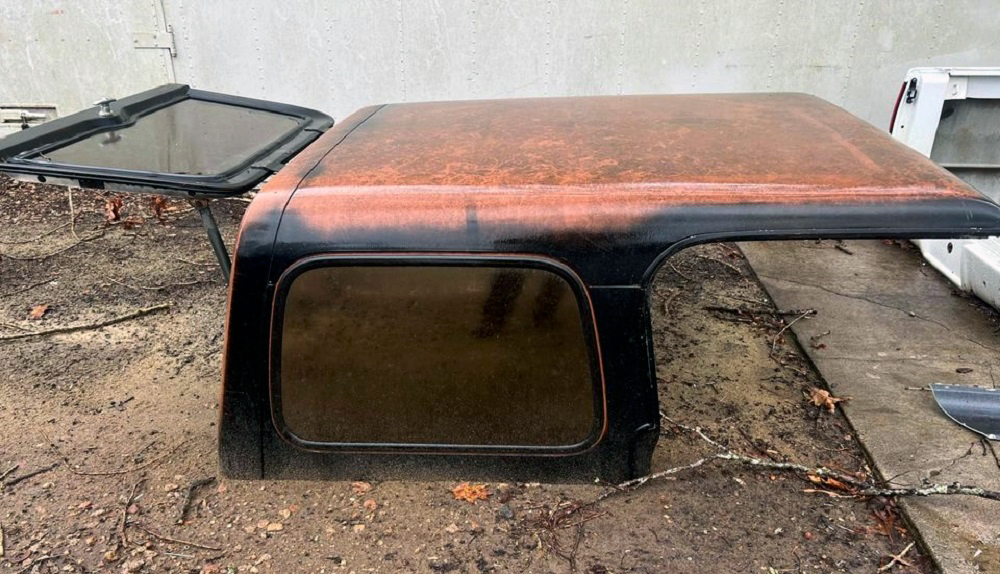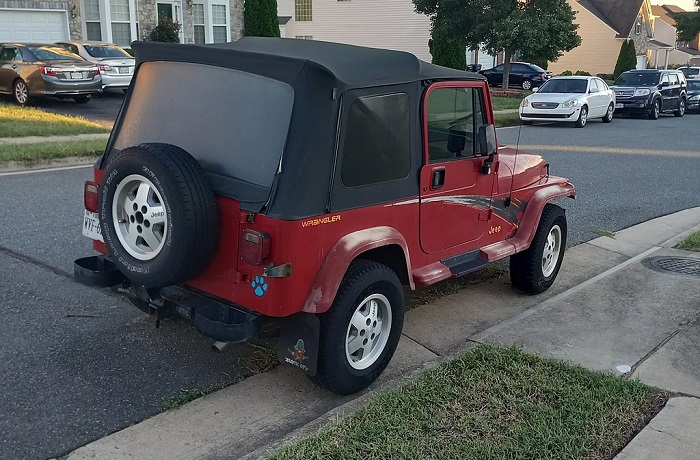Jeep enthusiasts often explore ways to customize and enhance their vehicles. A common query arises regarding the compatibility of hardtops between different Jeep models, specifically whether a CJ7 hardtop can be adapted to fit a YJ Jeep.
The CJ7 and YJ, produced between 1976 and 1986 and 1987 and 1995, respectively, represent two iconic periods in Jeep’s history, each with unique design characteristics.
The CJ7, known for its straightforward and rugged design, was manufactured from 1976 until 1986. It followed the classic Jeep formula that had been refined over decades.
On the other hand, the YJ, which debuted in 1987 and continued until 1995, introduced more comfort and a slightly modern twist to the Jeep lineup, including a new rectangular headlight design that differentiated it from the round headlights of its predecessors.
This shift in design spirit also brought changes in dimensions and fittings, which are crucial when considering inter-model compatibility, such as fitting a CJ7 hardtop on a YJ.

Table of Contents
A. Hardtop Compatibility
1. Body Dimensions and Design
When comparing the CJ7 and YJ Jeeps, the most notable differences lie in their body dimensions and design, particularly in the rear section where the hardtop is mounted.
The CJ7 typically features a more squared-off rear end, while the YJ sports a slightly broader and more rounded profile.
This variance in shape and size directly impacts the fit of a CJ7 hardtop on a YJ. Since the hardtop needs to fit snugly over the body, even minor discrepancies in width or curve can lead to a mismatch.
2. Windshield Frame and Door Alignment
The fit of a hardtop is not solely dependent on the rear body design but also on how the windshield and doors align. The CJ7 and YJ models differ significantly in their windshield frame angles and door frame dimensions.
The CJ7 has a more upright windshield, whereas the YJ’s is raked back slightly, affecting how a hardtop rests and seals at the front.
Also, these models’ door shape and size differences may prevent a seamless seal, essential for protecting the interior from elements like water and wind.
B. Required Modifications
1. Potential Modifications to Accommodate Structural Differences
Certain modifications may be necessary to overcome the discrepancies in body dimensions between the CJ7 and YJ.
First, the hardtop might need to be physically altered to broaden or reshape its base to match the YJ’s more rounded rear end. This could involve adding extensions or fabricating new edges.
Secondly, because the YJ’s windshield leans back further than the CJ7’s, adjusting the angle at which the hardtop meets the front of the Jeep is crucial. This might require custom brackets or adjustment to the existing mounting points on the hardtop.
2. Alignment and Re-drilling
Aside from resizing the hardtop, aligning it correctly with the YJ’s body is a meticulous task that often necessitates re-drilling the mounting holes on the hardtop to match the attachment points on the YJ.
This ensures that the hardtop can be securely fastened to the Jeep, maintaining structural integrity and safety. Re-drilling must be done precisely to avoid damaging the hardtop and ensure that it aligns appropriately without causing stress on the material.
3. Sealing and Weatherproofing
A weatherproof seal is essential when adapting a CJ7 hardtop for a YJ. Given the different windshield angles and door frames, the original seals on the CJ7 hardtop are unlikely to align perfectly with the YJ, potentially leading to leaks.
To address this, it is recommended that the old seals be replaced with new, flexible ones that can contour to the YJ’s unique dimensions.
Also, adding extra sealing materials around the door frames and where the hardtop meets the windshield might be necessary.

C. Practical Considerations
1. Visual Alignment with YJ Body Style
Adapting a CJ7 hardtop to fit a YJ involves structural modifications and considerations of aesthetics and functionality. Visually, the CJ7 hardtop may look slightly out of place on a YJ due to differences in design cues and body lines.
The hardtop designed for the straighter lines and more angular design of the CJ7 might appear mismatched with the curvier, more modern YJ. Those who value Jeeps’ original look might find this a significant drawback.
2. Functional Implications
Functionality is another crucial aspect. The rear gate’s alignment and the roof’s strength and integrity are paramount. If the CJ7 hardtop does not align well with the YJ’s rear gate, it could lead to difficulties in opening and closing, compromising accessibility and utility.
Furthermore, improper installation might affect the hardtop’s structural strength, potentially leading to increased noise or less effective protection from the elements.
3. Cost and Effort of Modification
The effort and cost of modifying a CJ7 hardtop to fit a YJ Jeep can be considerable. The expenses can quickly add up between the need for custom fabrication work, purchasing new sealing materials, and potentially hiring professional help to ensure proper fit and finish.
Jeep owners must evaluate whether the investment in time, money, and effort is justified compared to purchasing a hardtop designed for the YJ, which might offer a guaranteed fit and less hassle.
Conclusion
While modifying a CJ7 hardtop to fit a YJ Jeep is technically possible, the process involves significant structural alignment, aesthetics, and functionality adjustments.
Owners must consider the extensive modifications required for proper fit, the potential impact on the vehicle’s appearance, and the practical functionality of the adapted hardtop.
Given the complexity and cost of such modifications, investing in a hardtop designed explicitly for the YJ Jeep might be more sensible to ensure optimal fit and function without the extensive work required to adapt a CJ7 hardtop.
